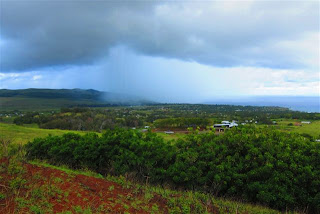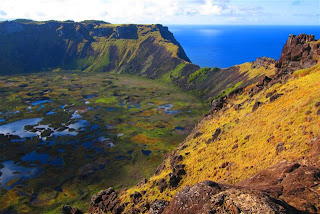The time has come! It is finally here!
Just click on the title above to launch "The Movie" in Vimeo in High Defintion playback!!!
Golfco Pictures is proud to present this 66 minute motion picture masterpiece starring John "Attenboroughopoulos" Golfin aka Johnny Cloudrunner in his spectacular 4.5mth, 80,950km epic adventure through Antarctica and all of South America.
Travel 80,950km through 2 continents, 9 countries, 68 cities and 46 places in only 66 minutes to the disco beat of latino music in the comfort of your own home!!!
You can download the movie by becoming a "free" member of vimeo.
OFFICIAL RELEASE SCHEDULE FOR "THE MOVIE":
1) In Sydney: 7pm Thu 29 September 2011 at Dicks Hotel Balmain, 89 Beattie Street Balmain.
2) In Melbourne: 6pm Fri 7 October 2011 at Level 10 Function Room, 1 Freshwater Place Southbank. Ring me on 0408164000 and I will come and get you or ask concierge to give you access to level 10 in the lift – mention my name.
3) In Queensland: Saturday 12 November 2011 at Maureen Lubinsky's. By private invitation only.
PRODUCTION STATISTICS FOR "AI CARAMBA 2011 - THE MOVIE":
1) Filmed in High Definition 1080p 24fps with a Canon PowerShot S95 using the "vivid" setting.
2) Edited using iMovie 11 on a MacBook Pro (3.06GHz, 8GB RAM, 250GB SSD, OS X 10.6.8). iMovie 11 has an internal memory addressing bug limiting it to 3.5GB (32bit) of workspace when exporting to a HD 1080p file - approx limit is 40-45min of video.
3) Total runtime of 66min comprises 1,016 individual video clips selected from a total of 1,493 original clips totalling 4hrs 33min.
4) 46 chapters.
5) 18 songs selected from 32 searched and downloaded from iTunes over 4 whole days.
6) 612 captions or sub-titles.
7) Total production effort from initial SD cards download to DVD burn was approx 300 hours over 4 elasped months.
OFFICIAL RELEASE SCHEDULE FOR "THE MOVIE":
1) In Sydney: 7pm Thu 29 September 2011 at Dicks Hotel Balmain, 89 Beattie Street Balmain.
2) In Melbourne: 6pm Fri 7 October 2011 at Level 10 Function Room, 1 Freshwater Place Southbank. Ring me on 0408164000 and I will come and get you or ask concierge to give you access to level 10 in the lift – mention my name.
3) In Queensland: Saturday 12 November 2011 at Maureen Lubinsky's. By private invitation only.
PRODUCTION STATISTICS FOR "AI CARAMBA 2011 - THE MOVIE":
1) Filmed in High Definition 1080p 24fps with a Canon PowerShot S95 using the "vivid" setting.
2) Edited using iMovie 11 on a MacBook Pro (3.06GHz, 8GB RAM, 250GB SSD, OS X 10.6.8). iMovie 11 has an internal memory addressing bug limiting it to 3.5GB (32bit) of workspace when exporting to a HD 1080p file - approx limit is 40-45min of video.
3) Total runtime of 66min comprises 1,016 individual video clips selected from a total of 1,493 original clips totalling 4hrs 33min.
4) 46 chapters.
5) 18 songs selected from 32 searched and downloaded from iTunes over 4 whole days.
6) 612 captions or sub-titles.
7) Total production effort from initial SD cards download to DVD burn was approx 300 hours over 4 elasped months.
















































































